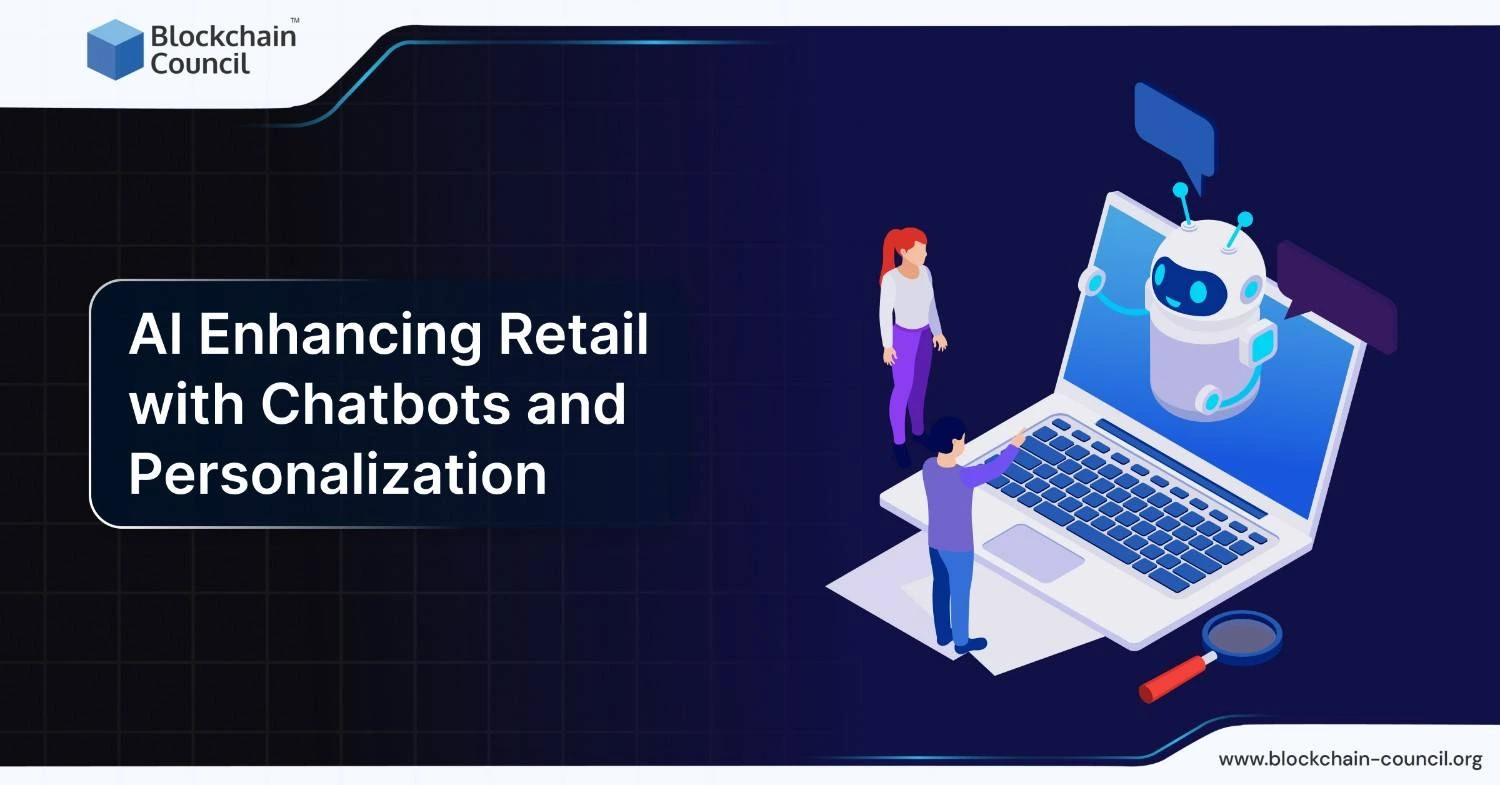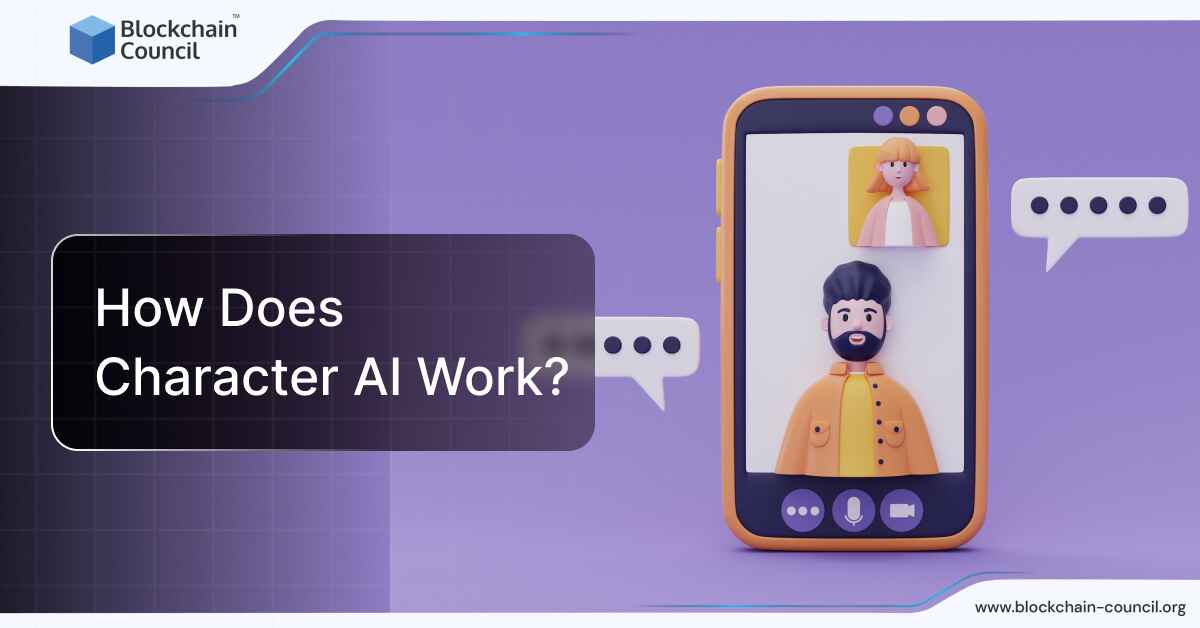
- Amber Smith
- October 15, 2024
Artificial Intelligence (AI) is changing how retailers communicate with customers, especially through chatbots and personalized experiences. As customers’ needs shift, more retail businesses turn to AI to meet growing expectations for faster, smoother, and personalized interactions.
AI Chatbots
AI chatbots have evolved far beyond their earlier, simple responses. Today, these advanced systems can manage complex interactions, offering real-time help and suggestions. Unlike old chatbots, these AI systems can talk with customers through text and voice, creating a more natural experience. These tools improve their responses over time by learning from past conversations, making them smarter with every use.
For example, AI chatbots allow businesses to manage customer service around the clock without needing human agents at all times. This becomes particularly useful during busy shopping seasons when there’s a rush of customer inquiries. AI chatbots can handle many customers at once, making the process more efficient and cutting down wait times. Brands like Burberry and Levi Strauss have found AI chatbots helpful. Burberry saw a 60% increase in sales by using personalized interactions through chatbots on their platform.
Beyond handling questions, AI chatbots can also help increase sales by offering suggestions based on customer behaviour. They track past purchases and suggest similar or complementary items that customers may like. This ability not only raises the average order value but also boosts potential earnings for retailers.
AI also enables voice assistants like Amazon’s Alexa to make customer interactions smoother. These assistants suggest products, answer questions, and process voice orders. The convenience of voice assistance is beneficial for busy shoppers looking for quick solutions.
Personalization in Retail
Today’s retail environment demands personalization, and AI plays a huge part in making it possible. Retailers know that customers are more likely to engage with brands that understand their tastes. AI enhances personalization by using large amounts of customer data, such as browsing history, past purchases, and even social media activity. By analyzing this information, AI tools suggest products that align with a customer’s specific preferences.
- One well-known example is Amazon’s recommendation system, which is responsible for around 35% of its sales. Over time, Amazon has improved its AI algorithms to provide customers with more relevant product suggestions based on their shopping habits.
- Recently, Amazon has even added new AI features like virtual try-ons, allowing customers to visualize how clothes might look on them before purchasing.
- Amazon’s AI-powered “Frequently Bought Together” feature is another example of this. It helps users discover related products they might not have thought of by analyzing their shopping patterns.
- Similarly, Netflix uses AI to recommend movies and shows matching users’ preferences, creating a more engaging experience.
- AI’s role in personalization goes beyond just recommending products. Retailers also use these systems to send personalized promotions, discounts, and offers. For example, Starbucks uses its AI system, “Deep Brew,” to tailor menu suggestions and deliver targeted offers, improving both customer interaction and overall business efficiency.
Building AI-powered solutions for retail requires preparation. A Certified Artificial Intelligence (AI) Developer™ can help you navigate complex inventory systems.
The Influence of AI on Customer Experience
The use of AI-powered chatbots and personalized services has greatly improved customer satisfaction in the retail world. One significant benefit is speed. AI chatbots can respond to customers almost immediately, cutting down delays that often happen with human-run service centres. This quick response enhances satisfaction and helps keep customers coming back by ensuring a smoother shopping experience.
Additionally, AI helps solve one of the biggest challenges in online shopping: finding the right product. For shoppers uncertain about what they want, AI-powered tools can make suggestions based on general preferences or past actions. This reduces the frustration of endlessly searching for items and helps customers make decisions faster. Companies like Amazon and Shopify have been at the forefront of using AI to simplify shopping for millions of people.
Challenges of Using AI in Retail
Despite the advantages, there are still challenges that come with adopting AI in retail. The initial costs of creating and integrating AI solutions can be high, which can be difficult for smaller businesses. AI also requires a lot of data to work well, and collecting this data can be slow and costly. Retailers also face concerns from customers about data privacy, as trust is critical for making AI-driven personalization successful.
Moreover, AI systems need constant updates and adjustments to stay current with customer preferences and market trends. Retailers that do not regularly update their AI tools risk offering outdated suggestions, which could annoy rather than assist customers.
Conclusion
AI is rapidly changing how retailers interact with their customers, improving customer service and offering personalized experiences. With AI-powered chatbots and tailored services, retailers can provide faster, more efficient service that meets customer needs. These improvements not only enhance satisfaction but also drive business growth by increasing engagement and loyalty.
However, retailers must also address challenges like data privacy concerns and the costs of implementing AI systems. As AI continues to evolve, businesses will need to find ways to balance these challenges with the opportunities AI presents to stay competitive in the digital world.





































































 Guides
Guides News
News Blockchain
Blockchain Cryptocurrency
& Digital Assets
Cryptocurrency
& Digital Assets Web3
Web3 Metaverse & NFTs
Metaverse & NFTs
